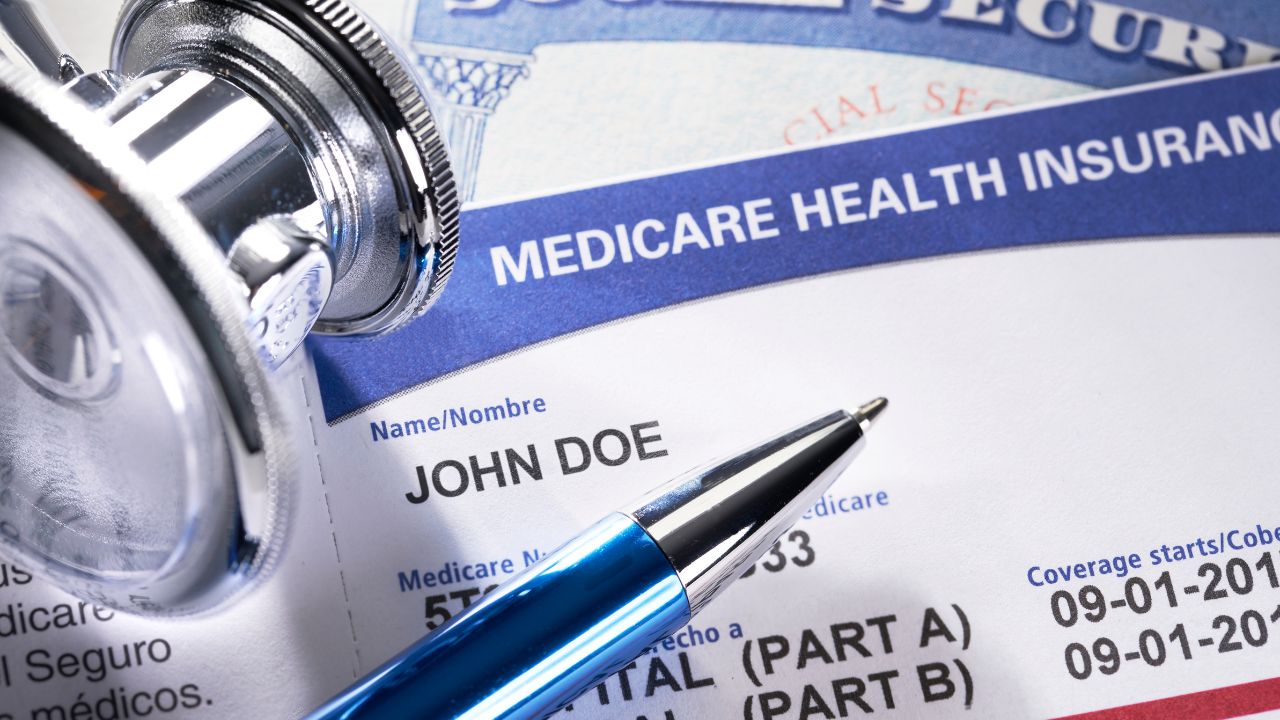When Americans imagine retirement, they often picture relaxation, travel, and time with family. Yet, one reality frequently overlooked in retirement planning is the cost of healthcare. Medical expenses consistently rank among the biggest financial burdens for retirees, often exceeding expectations.
Even with Medicare providing essential coverage, out-of-pocket expenses remain significant. Add to that the rising costs of prescriptions, premiums, and potential long-term care, and it becomes clear why healthcare planning is just as important as saving for daily living expenses.
Understanding Medicare’s role, the limits of its coverage, and strategies for managing out-of-pocket and long-term care costs is essential for building a secure retirement plan.
Table of Contents
The Scope of Retirement Healthcare Costs
Research highlights just how large these expenses can be:
- A couple retiring at age 65 in 2025 is projected to need $315,000 or more to cover healthcare expenses throughout retirement.
- On average, healthcare costs rise faster than inflation, particularly in areas like prescription drugs and long-term care.
- For many retirees, healthcare is their second-largest expense after housing.
These costs vary depending on health status, location, and access to supplemental insurance.
Medicare Basics
Medicare provides the foundation of healthcare coverage for most Americans once they reach age 65. However, understanding its structure is key to planning for gaps.
Medicare Part A
- Covers inpatient hospital stays, skilled nursing facility care, and some home health care.
- Usually premium-free for those who paid Medicare taxes during their working years.
Medicare Part B
- Covers outpatient services, doctor visits, preventive care, and some medical equipment.
- Requires monthly premiums, which are adjusted by income.
Medicare Part C (Medicare Advantage)
- Private plans approved by Medicare that combine Part A and Part B coverage, often including prescription drugs and additional benefits like vision and dental.
- Costs and coverage vary by plan.
Medicare Part D
- Prescription drug coverage through private insurers.
- Premiums and formularies differ, meaning retirees must carefully choose plans that match their medication needs.
Out-of-Pocket Expenses Under Medicare
Despite its broad coverage, Medicare does not cover everything. Retirees face out-of-pocket costs such as:
- Premiums: Monthly payments for Part B, Part D, and Medicare Advantage.
- Deductibles and Copayments: Costs for services before insurance kicks in.
- Coinsurance: A share of medical costs retirees must pay after insurance covers a portion.
- Exclusions: Medicare does not cover most dental care, vision, hearing aids, or long-term custodial care.
These gaps highlight the importance of supplemental coverage.
Supplemental Insurance Options
Medigap Policies
Medigap plans, sold by private insurers, help cover deductibles, coinsurance, and copayments not paid by Medicare. While premiums can be costly, they provide greater financial predictability.
Medicare Advantage
Some retirees prefer Medicare Advantage as it bundles coverage into one plan, often with added benefits. However, networks can be restrictive, and costs vary by provider.
The Challenge of Long-Term Care
One of the most significant risks retirees face is the potential need for long-term care.
- The average cost of a private room in a nursing home exceeds $100,000 annually.
- Assisted living facilities average around $60,000 per year.
- Home health aides cost approximately $25 per hour, adding up quickly for full-time care.
Medicare does not cover custodial long-term care, which includes help with daily activities like bathing, dressing, or eating.
Long-Term Care Planning Strategies
Long-Term Care Insurance
Policies help cover nursing homes, assisted living, and home care. Premiums can be expensive, especially for those who wait until later in life to apply.
Hybrid Life Insurance with Long-Term Care Riders
Some life insurance products allow policyholders to use benefits for long-term care expenses if needed.
Medicaid
Provides long-term care coverage for those with limited income and assets, but eligibility requirements are strict, often requiring individuals to spend down their savings first.
Personal Savings and Investments
Some retirees plan to self-fund long-term care, though this requires substantial assets.
Planning for Prescription Drug Costs
Prescription drugs represent a growing share of retiree healthcare spending. While Medicare Part D provides coverage, gaps remain, including formulary restrictions and coverage limits.
Strategies to manage prescription costs include:
- Reviewing Part D plans annually during open enrollment.
- Using generic alternatives when available.
- Exploring discount programs or pharmaceutical assistance plans.
The Importance of Healthcare Planning in Retirement
Protecting Retirement Savings
Without proper planning, healthcare costs can quickly erode savings meant for housing, travel, or family support.
Reducing Stress and Uncertainty
Knowing that medical expenses are accounted for provides peace of mind, allowing retirees to focus on enjoying retirement.
Supporting Family Members
Planning reduces the financial and emotional burden on family members who might otherwise have to step in for caregiving or financial assistance.
Frequently Asked Questions (FAQs)
Q1. Does Medicare cover all healthcare costs in retirement?
No. While Medicare covers hospital and medical care, retirees still face out-of-pocket expenses for premiums, deductibles, copays, and services like dental, vision, and long-term care.
Q2. How much does the average retiree spend on healthcare?
A couple retiring at 65 in 2025 may need around $315,000 for healthcare over their lifetime, not including long-term care.
Q3. Does Medicare cover long-term care?
Medicare does not cover custodial long-term care, such as nursing homes or assistance with daily activities. Coverage is limited to short-term skilled nursing and rehabilitation after hospital stays.
Q4. Is long-term care insurance worth it?
It can be, depending on health, age, and financial situation. Policies are expensive but may protect savings from being depleted by long-term care costs.
Q5. What can retirees do to prepare for rising prescription costs?
Review Medicare Part D plans annually, switch to generics when possible, and explore discount or assistance programs to manage costs.




